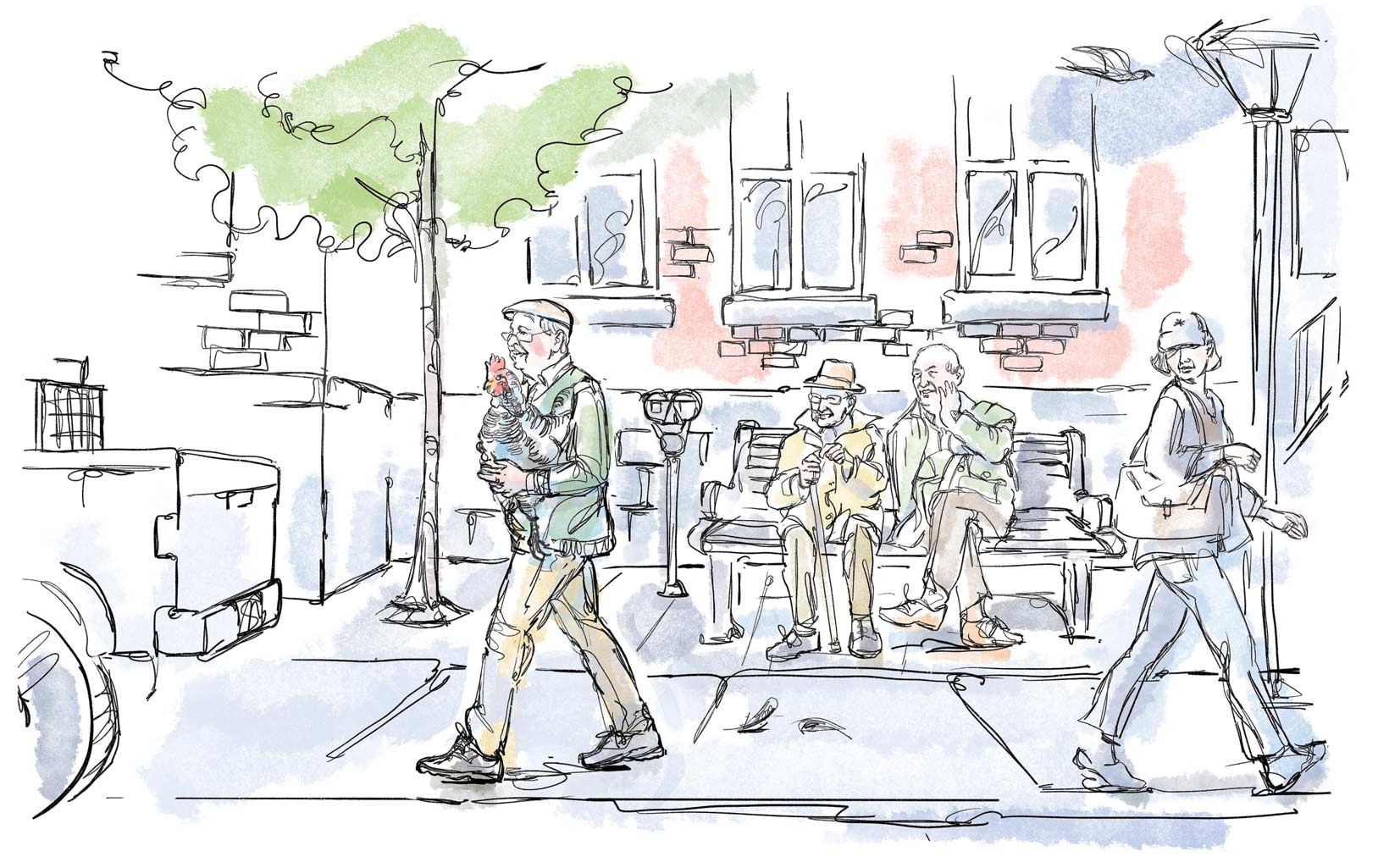
There is an old joke from the Great Depression: Two hobos are discussing the economy and one says he thinks things must be getting better because he just saw a rabbit and no one was chasing it. The other cautions him that it could just have been one of those rabbits people catch to milk and then let go again.
I had a similar feeling last week when my wife sent me off to a nearby town to buy a new rooster she had found on Facebook Marketplace. “How much do they want?” I asked warily. During the pandemic the price of live chickens went through the roof and I exited the market. In fact, chickens suddenly got expensive even before Covid. Speculators were paying 50 bucks for a pair of Easter egg chickens at the Fur and Feather auctions. Guinea hens were even more. It was like the Dutch tulip mania in the 1600s. Sanity just flew out the window. I haven’t been able to afford a chicken for five years.
“She wants five bucks,” my wife said. My goodness, I thought. The old price. Something has changed. I went off with my little poultry travelling cage and drove for an hour to meet the chicken vendor. Which gave me time to think. I originally trained as an economist and we studied a host of conventional indicators to figure out which way things were going – employment figures, the Consumer Price Index, consumer durables, factory orders, and that sort of thing. Stockbrokers had their own pet theories, based on trends such as the length of women’s skirts and the width of men’s ties. But these were unscientific and no more reliable than tea leaves. Even back then I had a parallel existence far away from the chrome and glass office towers of the city, because I spent every weekend back on the farm. I noticed the signs for every major sea change in the economy were often visible first in grain and livestock markets.
Has the chicken bubble finally burst? I wondered. My friend Ron, at the loading dock of BJS Farm Supply, said he thought I was onto something. He says the backyard chicken people are still buying bags of feed for laying hens, but no one is asking for feed for meat birds anymore. That’s because by the time you feed a meat chicken and pay to have it processed, the chicken is worth 25 dollars. You can buy them cooked in Loblaws for $12.99.
“I think the bloom is off the rose for backyard chickens,” said Ron. But even in agriculture the signs can be confusing. For example, every time there’s a divorce, I get more chickens dumped on me. Sometimes I get the chicken house too. But that’s probably a symptom of another sort and not a pure macroeconomic signal. People have been dumping livestock off on me for 35 years now, through good times and bad.
I found the woman who had advertised the rooster on the town’s main street in front of the town hall. She was a young mother in an old minivan with two kids, and she called me “dear.” She had just dropped off her mother for a medical appointment. The rooster was a little Barred Rock variety that had just got his feathers and he sat quietly in her hand without trying to escape. I asked her why she was selling him so cheap.
“He’s a friendly little guy and I have too many. I just wanted him to go to a good home.” She was clearly not a chicken speculator. I gave her ten. The retired guys on the park bench in front of the town hall smiled as I walked back to the truck with the rooster in my hands. I think they were more used to watching drug deals unfold in front of them and found the exchange charming.
So does this mean a cut in interest rates is coming? Will house prices come down? Only the chicken knows for sure, and he isn’t talking. As a species, we are not good at predicting anything. We are wrong on average ten times out of ten. But we are brilliant at adapting to what does happen. That’s why there are 8 billion of us on the planet.
In late-breaking news, my wife has just found guinea hens for four bucks. But they’re in Renfrew, which is a five-hour drive away.
Story by:
Dan Needles
Photography by:
Shelagh Armstrong




